- Guided Tours
- Self Guide Smartphone Tour
-
Revere Bells Index
- The Stickney Revere Bell Listings of 1976
- Ashby Mass. Revere Bell
- Paul Revere Bell of Beverly
- Revere Bells in Boston >
- California's 2 Paul Revere Bells
- Paul Revere & Son's Bell Westborough Massachusetts
- Falmouth, Massachusetts
- Revere Bell Fredericksburg VA
- Revere Bell Hampton NH
- First Parish Church of Kennebunk
- Revere Bells in Maine
- Revere Bell in Mansfield
- Revere Bell of Michigan
- Revere Salem Mass Bell
- Roxbury First Unitariarn Universalist Church and their Revere Bell
- Revere & Son Bell, Savannah Georgia
- Singapore Revere Bell
- Tuscaloosa Bell >
- Revere Bells Lost in Time
- Revere Bells Washington DC
- Revere Bell in Wakefield, Mass
- Revere Bells Woodstock VT
-
Bostonians
- Edward F Alexander of The Harvard 20th Civil War Regiment
- Polly Baker
- John Wilkes Booth
- The Mad Hatter, Thomas, Boston Corbett who Killed John Wilkes Booth
- Richard-Henry-Dana-Jr
- James Franklin
- Benjamin Harris of Publick Occurrences
- Oliver Wendell Holmes, Jr.
- William Lloyd Garrison
- USS Thomas Hudner DDG116
- Edward Hutchinson Robbins Revere
- Amos Lincoln
- King Philip
- Mayor's of Boston
- Mum Bett & Theodore Sedgwick
- James Otis
- Paul Joseph Revere
- Reverend Larkin's Horse
- John Rowe >
- Be Proud to be Called a Lucy Stoner
- Rachel Wall , Pirate
- Paul Revere the Coroner of Boston
- Deborah Sampson
- Who was Mrs. Silence Dogood?
- Dr. Joseph Warren's Dedication
- History Blog
- Lilja's of Natick
-
Collage of Boston
- 4th of July Parade, Bristol RI
- Boston Harbor
- The Customs House
- Forest Hills Cemetery
- Georges Island
- Nonviolent Monument to Peace - Sherborn
- The Battle Road
- Skate bike and scooter park
- Cassin Young & USS Cassin Young
- MIT
- Historic Charles River
- The Roxbury Standpipe on Fort Hill
- John & Abigail Adams National Park
- Boston's Racial History - Ante-Bellum
- New Page
|
A tribute to Captain Cassin Young and the USS Cassin Young 6/24/2016
0 Comments Learn of Captain Young's exploits and the ship named posthumously in his honor. Captain Young and the ships compliment will command your attention. Visit the USS Cassin Young at Charlestown Naval Yard, Boston. Captain Cassin Young and the destroyer USS Cassin Young, were completely immersed in the battles at Pearl Harbor, Guadalcanal, Leyte Gulf and finally, the Kamikaze attacks at Okinawa. Here is some basic background information on Captain Young. He was born in 1894 in our Nation’s Capital. He graduated from the Naval Academy in 1916, as a midshipman from Wisconsin and served on the Battleship Connecticut during WWI and captained a submarine in the early 1920's. This was a pioneering assignment in a relatively new class of naval vessels. In the late 1920's he returned to the Naval Academy. Through the 1930's he was a lieutenant commander of a battle ship, the captain of a destroyer then commander of a submarine division. In parallel with his lightning career path, Captain Young married and raised three daughters and a son. A Captain in the U. S. Navy is the equivalent of a colonel in the army and ranks above "commander" and just below rear admiral. There are twenty-two navy ranks below captain. Captains are typically trusted to operate independently from group task forces. Their pay today is $5,869.50, a month. In 1940 Captain Young was paid just under $5,000 a year, with consideration to his many years of service. Commander Young was on the deck of the USS Vestal, at 7:00 a.m. as the first wave of Japanese fighter planes attacked Pearl Harbor. The Vestal was a non-combat repair ship at rest next to the battleship Arizona. Infuriated by the sneak attack, Commander Young manned an anti-aircraft machine-gun while his engine crew attempted to stoke up the ships boilers. Bombs hit the Arizona in several places and the secondary explosions threw Commander Young and all personnel on the deck of the Vestal into an ocean on fire from Arizona's oil. Commander Young gained consciousness and was one of the first to swim back to the Vestal. In the interim junior officers had ordered "abandon ship." Commander Young climbed on board and ordered and cajoled his crew in the water to return to the Vestal. At this point the explosions from the Arizona were crimping the starboard side of the Vestal. The boiler crew managed to gain some steam and move into the channel. If she blocked the channel faster and better armed ships would not escape and the four aircraft carriers on patrol in the greater Pacific would not be able to return and replenish at Pearl Harbor. Captain Young ordered the crew to beach the Vestal. In recognition of his fighting spirit, Captain Young was awarded the Medal of Honor for saving his ship and making the critical decision to keep the sea channel open. The Vestal returned to service in a few short months and Commander Young was promoted to captain of the cruiser the USS San Francisco. The USS San Francisco was a treaty ship built in 1931 and stationed at Pearl harbor for serious refurbishment work. Luck was with her at Pearl Harbor on December 7, 1941. She did not sustain a single hit. Unfortunately, her protective armament and guns were limited by the "Five Power Treaty" of 1922. The signers were Italy, England, Japan, France and the United States. On November 13, 1942, The San Francisco was part of the Guadalcanal task force under Admiral Callaghan initially escorting troop transports to safety and then meeting the nightly Tokyo Express. The Tokyo Express was the marines nick name for the daily evening Imperial Japanese Navy attacks on their airfield and base. The task force sailed into battle with ships that were built under the Five Power Treaty, opposed by ships that were built in difference to the treaty. As the battle unfolded, the San Francisco closed on more powerful better armored and larger ships: an aggressive but necessary tactic. The San Francisco was hit 45 times at close range. The bridge sustained a direct hit. In all 22 fires were extinguished. Captain Young, Rear Admiral Callaghan and all but one officer on the bridge were killed. the San Francisco stayed in the fight. The Imperial Navy was turned back with serious losses but not as severe as those sustained by the U. S. Navy. Because of Captain Young's fighting spirit and devotion to his country Fletcher class DD-973 was christened in 1943 in his honor. She was one of 175 of the new Fletcher class destroyers that could sail at 32 nautical miles per hour (the equivalent of a land vehicle doing forty-one miles per hour). The Fletcher class made the PT and torpedo boat obsolete. She was built to support the newest line of fast carriers and fast battleships. USS Cassin Young spent all of 1944 with Task Force 38, attacking Palau, Leyte, Luzon, Mindanao and the largest air war confrontation to-date, the Formosa Air Battle. Over three days the Japanese military lost more than 500 aircraft and the U. S. navy lost just under 90 planes. However, it was the first time that a Kamikaze strategy was employed. Cassin Young's crew of 325 officers and sailors may have felt they experienced all that 20th century warfare could heave at them. But it was time for the Divine Wind. A name given by the Japanese to two Typhoons that saved Japan in the 13th century from two invasion attempted by Kubla Khan. With the entire Mongol invasion fleet nearing Japan on two separate occasions but years apart, typhoons obliterated Kubla Khan's fleet drowning each invasion force. Reflecting on the past Vice Admiral Takijiro Onishi of the Japanese Imperial Navy called on his young pilots for their Divine Wind. The Cassin Young would soon be engulfed in the third organized wave of suicide bombing attacks. This last desperate attempt by the Japanese to resurrect the "Divine Wind," would be the costliest of the three kamikaze assaults to both sides. The USS Cassin Young was assigned to support the invasion of Okinawa in May of 1945. One-hundred and sixty-thousand marines and soldiers were dis-embarking on Okinawa to face one-hundred thousand well trained professional soldiers and thousands more of home grown militia. Over 360 U. S. Naval ships were employed to protect and supply the ground forces. Prior to actual combat a typhoon hit the hundreds of American ships surrounding Okinawa. Two destroyers in Cassin Young's task force capsized in the typhoon. Many survivors were rescued by the Cassin Young. Clearly not as devastating as Kubla Khan's fleets but nearly a tell-tale wind of the crisis to come. Okinawa was now patrolled by hundreds of U.S. Navy destroyers attempting to screen the invasion force and support ships from the Divine Wind attacks. The Cassin Young's luck ran out April 12th, during a massive Kamikaze attack. She shot down five attackers but the sixth plane hit her in the foremast high enough for the ship to survive but killing one sailor and wounding dozens more. The Cassin Young sailed off for repairs and returned July 28th, to assist survivors of a Kamikaze attack on her sister ships. The next day it was Cassin young's turn again. This time the Japanese pilot had better aim and rammed into her on her left side middle. The crew managed to contain the fires that resulted, but 22 sailors died and 45 others were wounded. Her casualties from the two kamikaze attacks were 116 out of 325, or 35% of the crew. Fortunately, the war would soon be over. The Cassin Young was sent home August, 8, 1945, and was repaired in California. She was decommissioned in 1946 and then recommissioned in 1951. From 1952 on she was dry docked four times in the Boston Naval Yard for repairs until finally decommissioned again in 1960. Cassin Young spent some time in moth balls at the Philadelphia Naval yard before being donated in 1974 to the National Park Service museum. You will find her berthed next to the U.S.S. Constitution, the oldest active ship in the United States Navy. They are the last stop on the Freedom Trail and admission is free. Both vessels are a must stop in your walk through history. P.S. Overall, from Formosa to Okinawa, three different waves of Kamikaze attacks damaged 368 ships and sunk 34, killing or wounding nearly ten-thousand American sailors. Japan sent nearly 2,800 young men to their deaths. Many of Japan's "special attack force" in the third wave, were taught to fly only for this specific mission. Their first and difficult task was keeping their obsolete planes in the sky long enough to find a target. Many university students with exemptions were marshaled out of school and asked to face certain death. If you read their letters sent home, they flew for their families not their emperor or the military code known as Bushido. In a future blog we will further expand on this thought. A Fletcher class destroyer took only six weeks to build. Refurbishing the Cassin Young is a perennial job accomplished by devoted volunteers. All of its decks should be walk-able by July. The Boston Navy Yard and the Cassin Youngs position at the end of the Freedom Trail is a fitting home for this tribute museum. Captain Young's Medal of Honor is on display at the Naval Academy Museum in Annapolis MD. https://en.wikipedia.org/wiki/Cassin_Young#Medal_of_Honor_citation Bibliography The Lost Ships of Guadalcanal, By Robert B. Ballard, Rick Archbold.c1993 The Divine Wind, By Rikihei Inoguchi, Tadaski Nakajima and Roger Pineau. C1958. Find a current android and I-phone app under Cassin Young; detailed Information by Robert A Harris.
0 Comments
Leave a Reply. |
Categories
All
Archives
February 2020
|
- Guided Tours
- Self Guide Smartphone Tour
-
Revere Bells Index
- The Stickney Revere Bell Listings of 1976
- Ashby Mass. Revere Bell
- Paul Revere Bell of Beverly
- Revere Bells in Boston >
- California's 2 Paul Revere Bells
- Paul Revere & Son's Bell Westborough Massachusetts
- Falmouth, Massachusetts
- Revere Bell Fredericksburg VA
- Revere Bell Hampton NH
- First Parish Church of Kennebunk
- Revere Bells in Maine
- Revere Bell in Mansfield
- Revere Bell of Michigan
- Revere Salem Mass Bell
- Roxbury First Unitariarn Universalist Church and their Revere Bell
- Revere & Son Bell, Savannah Georgia
- Singapore Revere Bell
- Tuscaloosa Bell >
- Revere Bells Lost in Time
- Revere Bells Washington DC
- Revere Bell in Wakefield, Mass
- Revere Bells Woodstock VT
-
Bostonians
- Edward F Alexander of The Harvard 20th Civil War Regiment
- Polly Baker
- John Wilkes Booth
- The Mad Hatter, Thomas, Boston Corbett who Killed John Wilkes Booth
- Richard-Henry-Dana-Jr
- James Franklin
- Benjamin Harris of Publick Occurrences
- Oliver Wendell Holmes, Jr.
- William Lloyd Garrison
- USS Thomas Hudner DDG116
- Edward Hutchinson Robbins Revere
- Amos Lincoln
- King Philip
- Mayor's of Boston
- Mum Bett & Theodore Sedgwick
- James Otis
- Paul Joseph Revere
- Reverend Larkin's Horse
- John Rowe >
- Be Proud to be Called a Lucy Stoner
- Rachel Wall , Pirate
- Paul Revere the Coroner of Boston
- Deborah Sampson
- Who was Mrs. Silence Dogood?
- Dr. Joseph Warren's Dedication
- History Blog
- Lilja's of Natick
-
Collage of Boston
- 4th of July Parade, Bristol RI
- Boston Harbor
- The Customs House
- Forest Hills Cemetery
- Georges Island
- Nonviolent Monument to Peace - Sherborn
- The Battle Road
- Skate bike and scooter park
- Cassin Young & USS Cassin Young
- MIT
- Historic Charles River
- The Roxbury Standpipe on Fort Hill
- John & Abigail Adams National Park
- Boston's Racial History - Ante-Bellum
- New Page





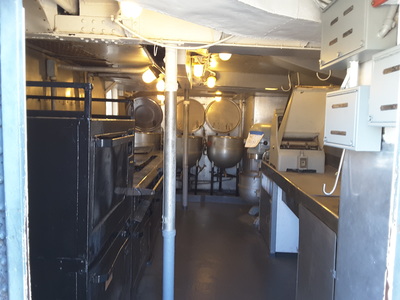
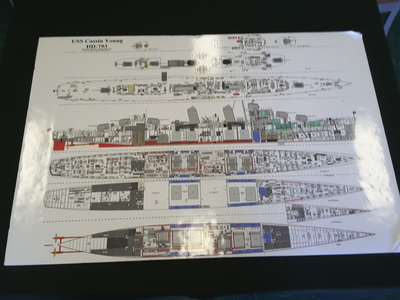
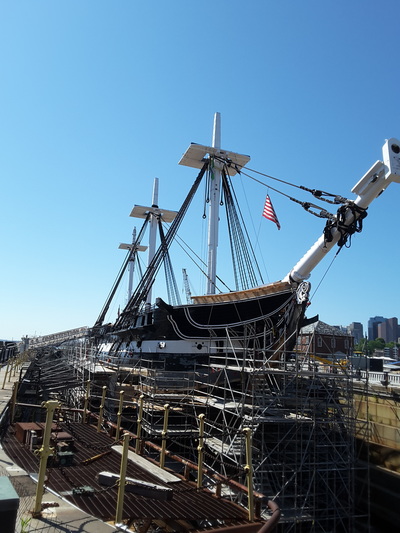
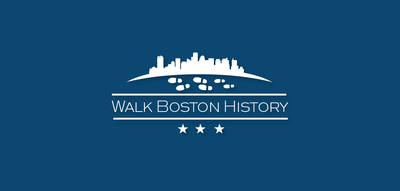
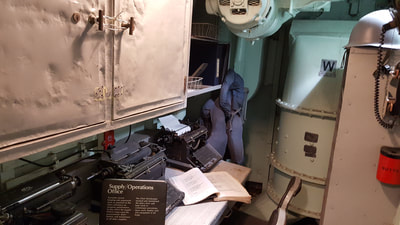


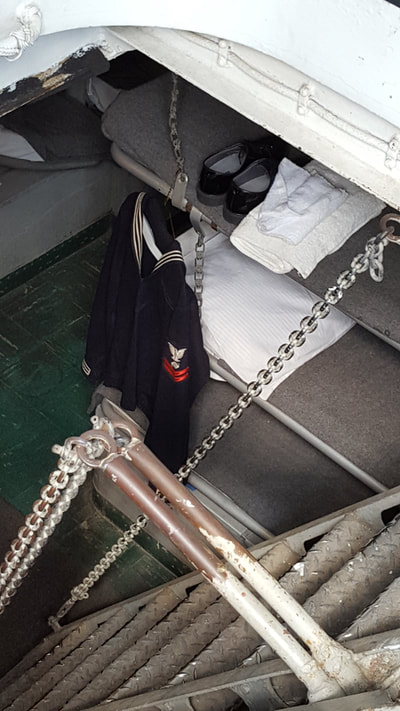
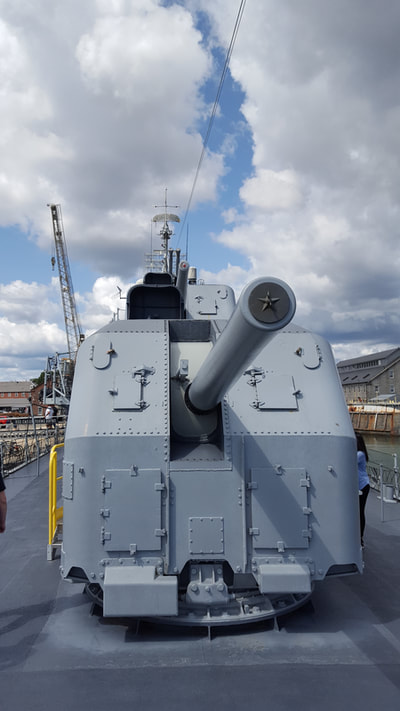



 RSS Feed
RSS Feed